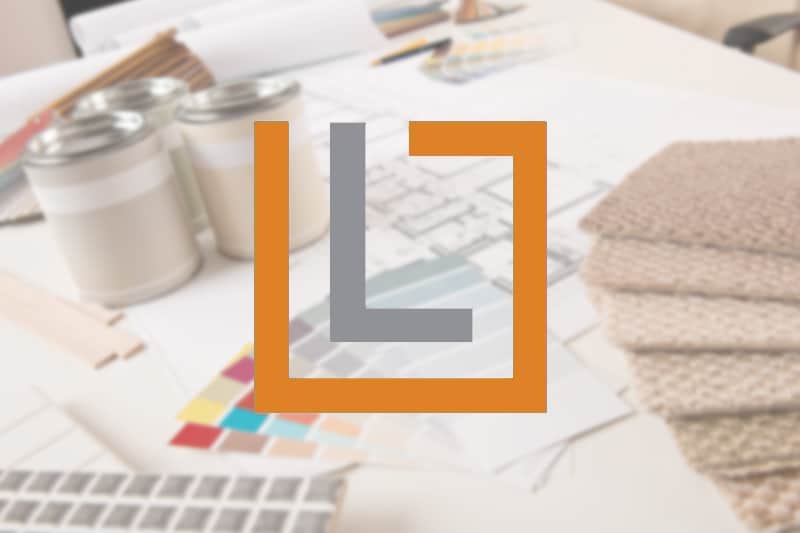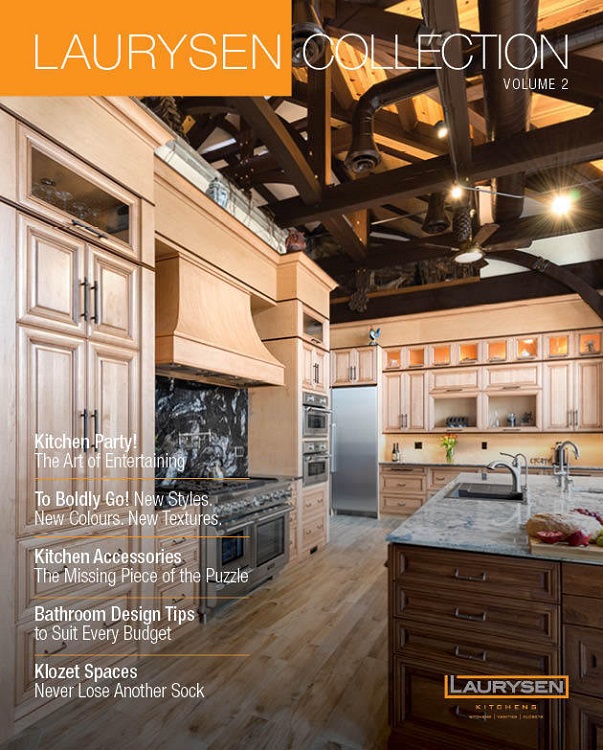Choosing the right faucet for your new kitchen isn’t incredibly hard (we think it’s always lots of fun), but you do need to consider a few things. It can often help to choose the kitchen faucet at the same time that you are replacing your kitchen sink and even your kitchen countertop. There’s an almost infinite variety of kitchen faucets out there – you can get traditional or contemporary – or anything in between.
Here are some factors to consider when you go shopping.
Overall Faucet Size and Height
The size of the faucet should work with the size of the sink both visually and functionally. A gigantic faucet would look silly attached to a petite bar sink – and could make the water miss the sink entirely. The faucet also should not be too small for the sink– it needs to reach most of the basin easily, especially if your sink has two holes. If you cook with large pots, especially tall stock pots, the faucet shouldn’t prevent you from getting the pot into the sink when it’s time to clean up. A tall faucet works best for most people, but if you’re combining it with a shallower sink, watch out for splashing.
Some faucets can even be wall-mounted for a more seamless look and are really convenient for cooks who deal with big pots. Having your faucet on the wall also make cleaning up around the sink more easy.
If your sink is located under your kitchen cabinets (something we don’t recommend but some of our clients have to live with) you should also make sure that your faucet will fit underneath.
Does it Fit With Your Sink Deck?
For most faucets, the number of holes needed has to match the counter (or sink “deck”). If your deck is set up for the spout and two taps, you can’t just install a single spout with an attached lever and expect it to work – extra holes will look ridiculous. The good news is that some faucets come with a plate to cover unneeded holes if you are converting from multiple holes to one.
Can It Be Repaired?
It doesn’t need to be repairable by you, but it should disassemble easily so that a plumber can replace the one bad part that’s causing a leak. If you’ve spent some money and time choosing the perfect faucet for your new dream kitchen, you don’t want to spoil the fun because of one problem.
What Features Do You Need?
Kitchen faucets are not just about hot and cold anymore – there are a lot of features to choose from, including advanced electronics.
Single Control vs Twin Taps
Faucets are designed to be used with either a single lever control or with two separate taps or levers for the hot and cold water.
Single levers are often useful if you don’t want messy hands contacting the taps – you can control temperature and flow with the back of your wrist. Just make sure that you can easily reach the handle and that it’s easy to move it to all the positions. For example, if your sink is really close to a wall you may bump your hand.
Twin handles are great if you have your heart set on a traditional look, and they can also help you save money on hot water. They’re also great if you have any mobility issues, as they require less finesse to get the temperature and volume you want.
Extendable Spray Wand
Pull-down spray wands are especially useful in larger sinks, but they’re always handy, and they tend to reduce splashing because you can position them right where they’re needed. Some wands allow for different spray type selections.
Water Filtration
For those who want cleaner water filtered right at the tap, you can purchase kitchen faucets with seamlessly integrated water filters that you don’t even know are there. These are a really eco-friendly option as they reduce the need to buy bottled water.
Touchless Kitchen Faucets
Touchless or motion sensor faucets are becoming very popular because they’re so convenient to use. These will require some sort of power source, often batteries, but there are some that can be connected right to your home’s electrical system.
Pot Fillers
Pot filler faucets are a wonderful convenience for serious cooks who spend a lot of time in the kitchen. These are wall mounted faucets that are very close to the stove, so that you don’t have to carry heavy pots across the kitchen. These typically have cold water only.
Kitchen Faucet Style: Look and Feel
The look of your faucet should complement your overall kitchen design. For a very contemporary look, chrome is often a good choice. Brushed stainless steel or brushed nickel can also work well, and aren’t as susceptible to finger prints. If you have a lot of warm yellow tones in the wood of your kitchen cabinets, you may want to consider brass. A more traditional look to the kitchen may call for a faucet with a dark, iron-like look.
These days, there are some exciting new advances in protecting the finish. PVD (physical vapor deposition) finishing is an application that protects the surface of the faucet, making it much more scratch resistant. You may want to avoid this, however, if you want your faucet to develop a natural patina over time.
Buy the Best Quality You Can Afford
A well-made faucet with heavy duty parts can last for your entire lifetime, so don’t automatically go for the lowest priced option. Cheaper faucets can break down sooner, with poor-quality internal parts often to blame. Check out the manufacturer’s warranty – a long term guarantee is a sign that your faucet is built to last.
If you want to make sure that you make the right decision, why not talk to a professional? Our friendly kitchen designers are ready to put their expertise at your service.
Do you have any faucets you’ve loved – or hated? Go ahead and share your experiences in the comments below.


